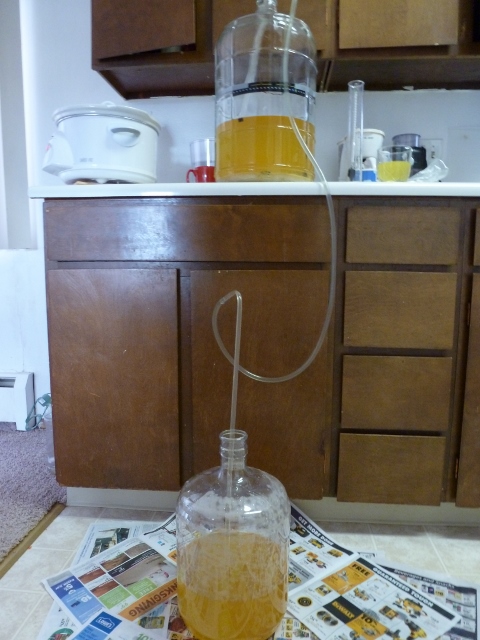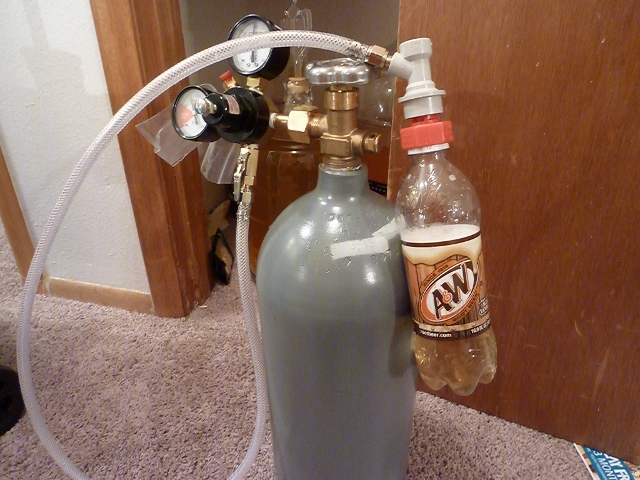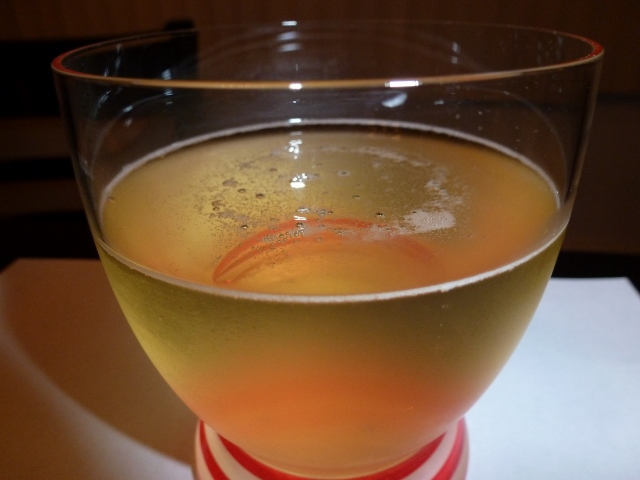Here are several data points for several MJ yeasts. The first beer listed under each strain was pitched from a rehydrated original sachet, successive batches were pitched from harvested slurry (no starter used since they were reused quickly).
US West Coast: (fermented low- to mid-60s)
Cream Ale, OG 1.047, FG 1.008, AA 82%, mash 150F, 4.4% sugar, no crystal, no roast
Black IIPA, OG 1.081, FG 1.017, AA 78%, mash 153F, 5% roast, 5% crystal
Pale Ale, OG 1.057, FG 1.011, AA 80%, mash 152F, 7% crystal
Amber Ale, OG 1.067, FG 1.015, AA 76.5%, mash 155F, 19% crystal
Pale Ale, OG 1.058, FG 1.010, AA 82%, mash 153F, 12% crystal
British Ale: (fermented low-60s)
Cream Ale, OG 1.047, FG 1.010, AA 78%, mash 150F, 5% sugar, 30% corn/rice
Amber Ale, OG 1.068, FG 1.011, AA 84%, mash 151F, 1.5% roast, 14% crystal
Burton Union: (fermented mid- to upper-60s)
ESB, OG 1.055, FG 1.012, AA 77%, mash 152F, 10% crystal
N Brown, OG 1.061, FG 1.015, AA 74%, mash 152F, 5% crystal, 5% roast
Newcastle Dark Ale: (fermented upper-60s to low-70s)
Mild, OG 1.038, FG 1.016, AA 57%, mash 156F, 7% sugar, 12% crystal, 4% roast, ferment temp <=68F
S Brown, OG 1.046, FG 1.015, AA 66%, mash 149F, 21% crystal, 3% roast, ferment temp <=72F, roused and heated to 75F
My impression of these yeasts is as follows.
US West Coast is a fantastic yeast, fairly neutral, very lightly fruity, doesn't strip away the residual sugars quite like US05 does. Overall a great strain for most ales. Huge potential for various styles.
British Ale ferments very fully and cleanly (no fruity, no residual sugar) - too cleanly at times. This strain was much more neutral than USWC. I also picked up on a production of "higher alcohols" (i.e. vodka-like) even though it was fermented from 60-62F. It wasn't solvent or acetone, but just a bit vodka-like. The yeast was okay but my overall impression was that I didn't love it. I will try it again in the future but I'm not rushing to do so

. I'll definitely mix up my mash schedule and fermentation temp next time to see how it works out.
Burton Union turned out to be a solid British yeast with plenty of unique character. There is no denying it's contribution to the beer. I have a hard time putting words to the yeast character but it was almost pear/apple mixed with some nutty/woody/cask-like character. It was a decently high attenuator for a British strain and contributes a fair amount of character to the final beer. I WILL use this one again and again. I'm think a stout or porter would pair well with the yeast character. Mash high if you want to keep some residual sugars around.
Newcastle Dark Ale deserves the warning of "FORMULATE YOUR BEER ACCORDING TO IT'S SUPER-LOW ATTENUATION POTENTIAL". This strain should have an advertised range of 55-67% AA. If you can formulate your recipes around it's attenuation levels then this is turning out to be a nice yeast. It definitely has some dark fruit character but it's not too pronounced at all, and it doesn't strip away your residual sugars but it's doesn't leave the beer cloying either. My english mild has some plum/prune-like subtleties and for only 57% AA you would think it was sweet but the beer tastes really balanced. My southern brown has some generic subtle dark fruit with just a hint of dark cherry on the finish, and again is not too sweet at all (especially considering the amount of crystal I used). I was actually aiming for more residual sugar than I'm getting but only sampled about 10oz so far so there's still hope. Newcastle works FAST! (24-36 hours and it's 95% done)
Sidenote on Newcastle:
I'm planning a blended yeast ESB with Newcastle (75%) and US05 (25%) because I think the newcastle could produce a nice ESB but I'd like a bit better attenuation (70-74%), and both yeasts will work well up to around 70F without getting into any off characteristics. With the newcastle working fast to create the ester profile, I'm think the us05 will simply clean up most of the residual sugars left untouched by NDA. I'll report back when I get around to brewing this one up.















































![Craft A Brew - Safale S-04 Dry Yeast - Fermentis - English Ale Dry Yeast - For English and American Ales and Hard Apple Ciders - Ingredients for Home Brewing - Beer Making Supplies - [1 Pack]](https://m.media-amazon.com/images/I/41fVGNh6JfL._SL500_.jpg)











